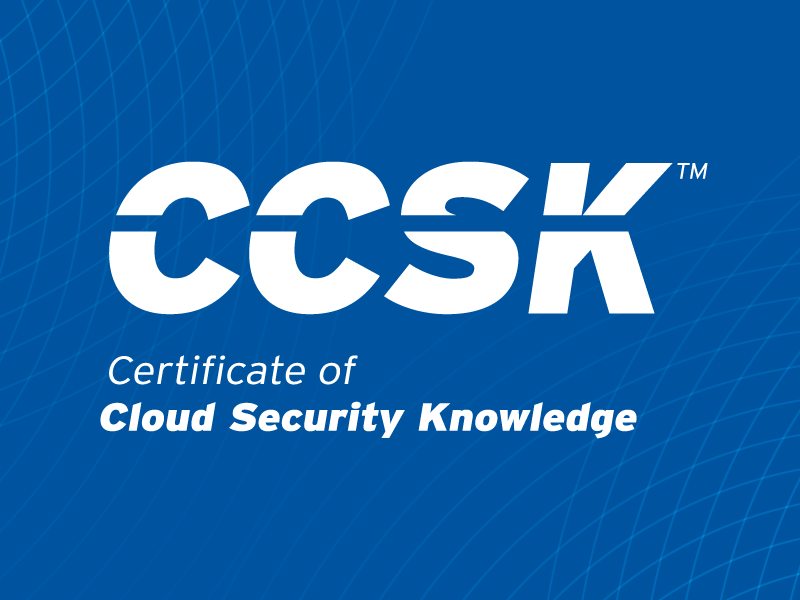The 99% Solution: MFA for Hypervisor Security
Published 11/18/2025
Originally published by Vali Cyber.
Written by Nathan Montierth.
Hypervisor attacks are accelerating, and the cost is catastrophic. Recent ransomware incidents targeting ESXi environments have cost organizations hundreds of millions of dollars in recovery and downtime. In some cases, a single hypervisor breach has paralyzed hundreds of virtual machines, leading to weeks of disruption and cascading business impact.
Ransomware targeting virtualized infrastructure is uniquely destructive because it strikes at the layer that manages everything else — compute, storage, and networking. Once the hypervisor is compromised, the attacker controls the virtual environment itself.
Proactive Security Starts with MFA
Security teams spend enormous time reacting — detecting intrusions, isolating systems, restoring from backups. That work is critical, but it’s still reactive.
Proactive defense means closing the door before the attacker steps in. One of the most effective ways to do this is through multi-factor authentication (MFA). Microsoft estimates that over 99% of account compromise attempts can be blocked by enforcing MFA. That kind of risk reduction at this layer is rare — yet many organizations still haven’t applied it to their hypervisors.
Once ransomware reaches the virtualization layer, the game changes. Hundreds of workloads can be encrypted simultaneously, and even robust backup strategies can’t prevent the operational paralysis that follows. MFA, on the other hand, stops many of these attacks before they begin.
The MFA Blind Spot in Virtualization Security
While MFA has become standard for VPNs, email, and SaaS applications, administrative access to hypervisors often relies on a single password. That gap is increasingly exploited.
Adversaries frequently re-enable Secure Shell (SSH) services after compromise to maintain persistence — a step that often goes unnoticed when authentication controls are weak. Without MFA, these sessions remain invisible and unchallenged.
Groups such as Scattered Spider have repeatedly used stolen credentials to move directly into virtualization environments, encrypting virtual machines and demanding ransom at scale. Google and Mandiant have both reported a sharp increase in ransomware families designed specifically for ESXi, rising from roughly 2% of observed samples in 2022 to more than 10% in 2024.
Despite this trend, many enterprises still treat the hypervisor as an exception to strong authentication policies. Frameworks like NIST CSF 2.0 and SOC 2 already emphasize MFA across all privileged systems — and hypervisors are no exception.
Building MFA into Defense-in-Depth
Hypervisor MFA should be viewed as part of a layered security approach that also includes virtual patching, behavioral monitoring, and access segmentation. Together, these controls provide a robust barrier against credential theft, lateral movement, and ransomware deployment.
A Zero Trust model is incomplete if the virtualization layer is left unprotected. Enforcing MFA here ensures that even trusted insiders or compromised accounts must continuously verify identity before modifying core infrastructure.
As Google Threat Intelligence noted:
“Failure to proactively address these interconnected risks will leave organizations exposed to targeted attacks that can swiftly cripple their entire virtualized infrastructure, leading to operational disruption and financial loss.”
The Bottom Line
You can’t eliminate risk, but you can reduce it dramatically. If a control that costs a fraction of a breach can prevent 99% of credential-based compromises, the decision is self-evident.
Extending MFA to the virtualization layer isn’t just good practice — it’s essential for maintaining operational resilience in a world where attackers increasingly target the unseen foundation of the enterprise.
Unlock Cloud Security Insights
Subscribe to our newsletter for the latest expert trends and updates
Related Articles:
SecretPoint: How OneDrive Auto-Sync Turns SharePoint into a Hidden Secrets Vault
Published: 11/14/2025
Introducing OpenPCC
Published: 11/13/2025






.jpeg)
.jpeg)
.jpeg)
.jpeg)